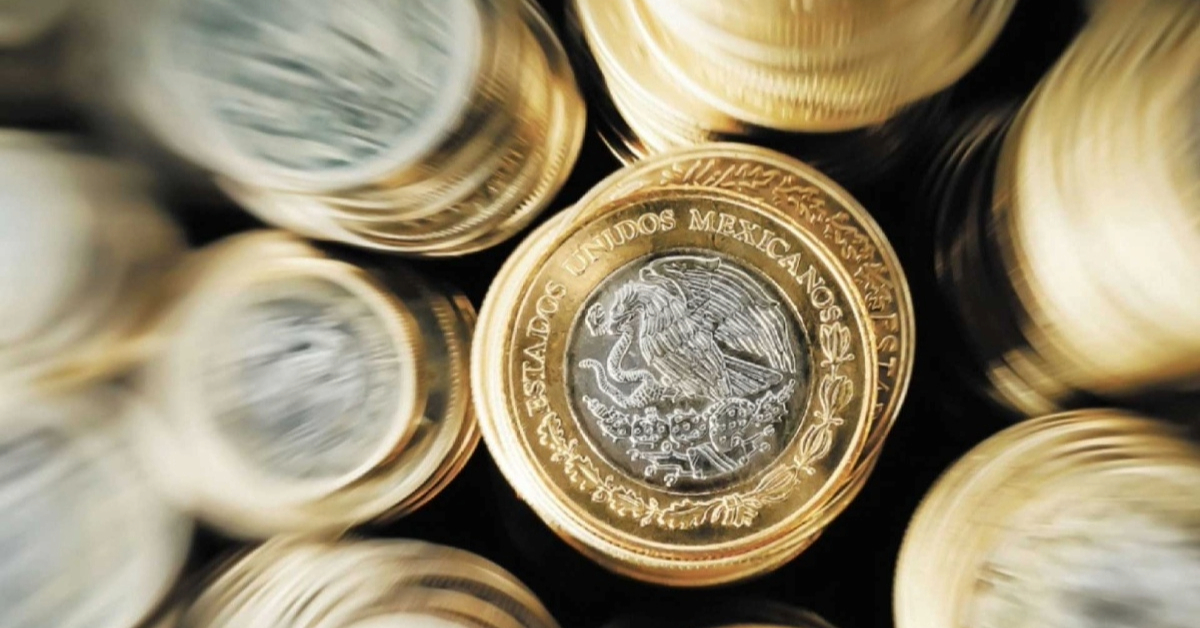Puerto Vallarta, Mexico - The Mexican peso has been trading above 20 units against the U.S. dollar for the second consecutive day, as both internal and external factors drive market fluctuations. On Friday, the peso reached 20.09 pesos per dollar on the wholesale market, following Thursday’s closing rate of 19.93 pesos per dollar. The depreciation has raised concerns as the peso has steadily weakened since early June, following the presidential elections.






